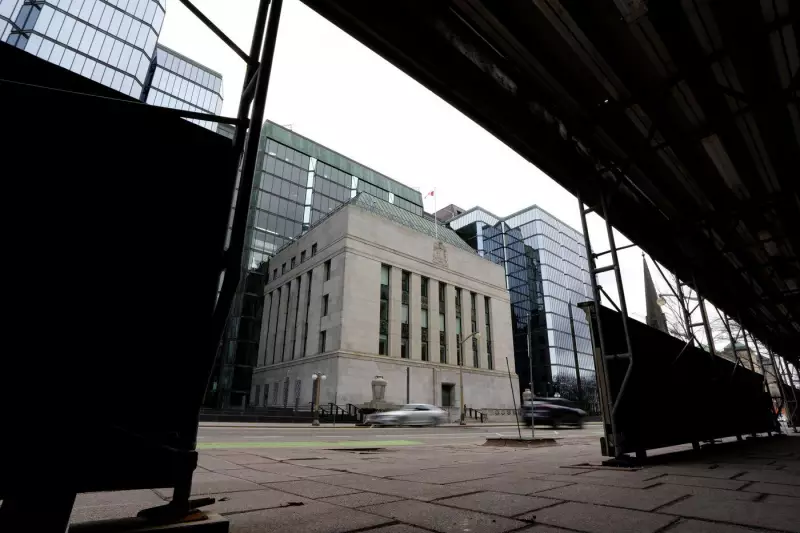
The Bank of Canada has taken the bold step of cutting its key interest rate for the second consecutive meeting, reducing it by 25 basis points to 4.75%. This decision comes as the central bank walks a tightrope between domestic economic concerns and growing international trade pressures.
Governor Tiff Macklem acknowledged the delicate balancing act, stating that while progress has been made on inflation, significant uncertainties remain. "We are seeing what we need to see, but we are not there yet," Macklem told reporters, emphasizing the gradual nature of the rate-cutting cycle.
U.S. Trade Relations Cast Long Shadow
The timing of Canada's monetary policy decision coincides with heightened trade tensions south of the border. The looming U.S. election and potential tariff implementations create what economists describe as a "major wild card" for the Canadian economy.
Recent developments have amplified these concerns. The Biden administration has maintained Trump-era tariffs on Canadian steel and aluminum, while Donald Trump's campaign promises of even more aggressive trade measures should he return to office have markets on edge.
Economic Crossroads: Domestic Progress vs. External Threats
Canada's domestic economic indicators show promising signs:
- Inflation has cooled to 2.7% in April
- Economic growth exceeded expectations in the first quarter
- The job market remains relatively stable
However, these positive developments face potential disruption from external factors. The threat of renewed trade wars and additional tariffs could quickly reverse Canada's economic momentum, forcing the central bank to reconsider its policy trajectory.
What This Means for Canadians
The rate cut brings immediate relief to variable-rate mortgage holders and those with lines of credit. However, economists caution that the Bank of Canada's future moves will be heavily influenced by how the U.S. trade situation evolves in the coming months.
As one senior economist noted, "The Bank of Canada is trying to steer the economy through domestic waters while watching for potential storms from the south." The coming months will reveal whether this careful navigation can continue or if external pressures will force a change in course.





